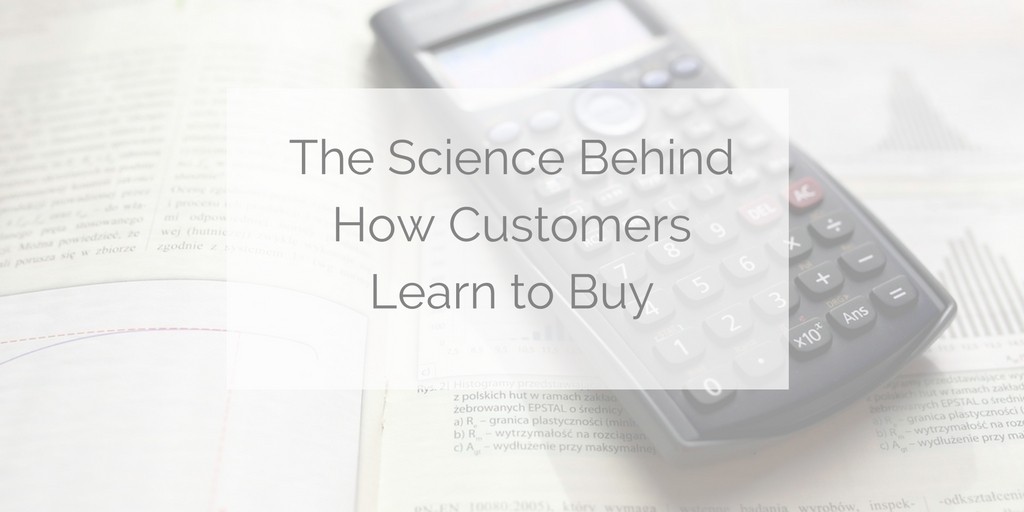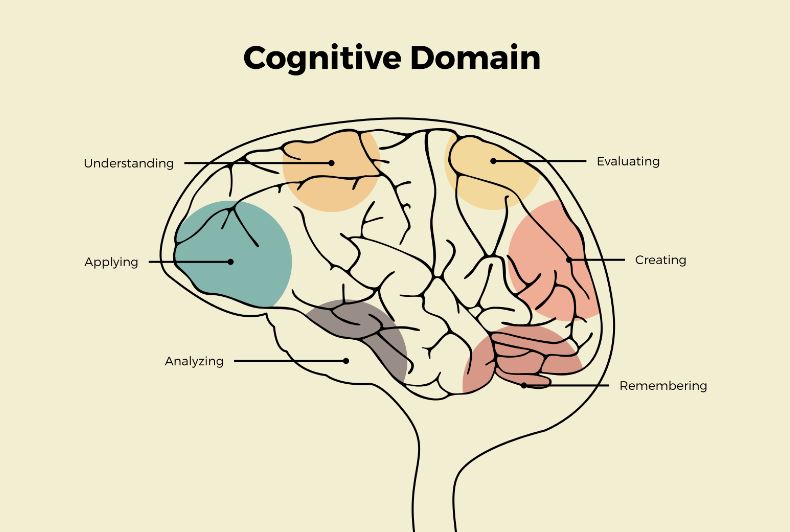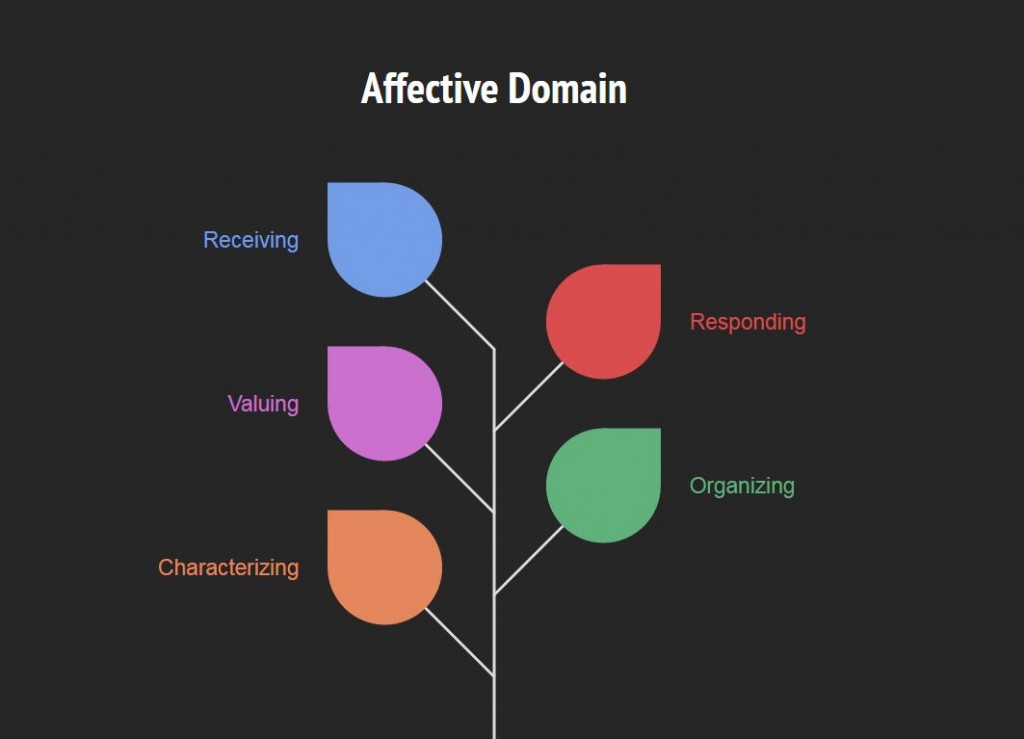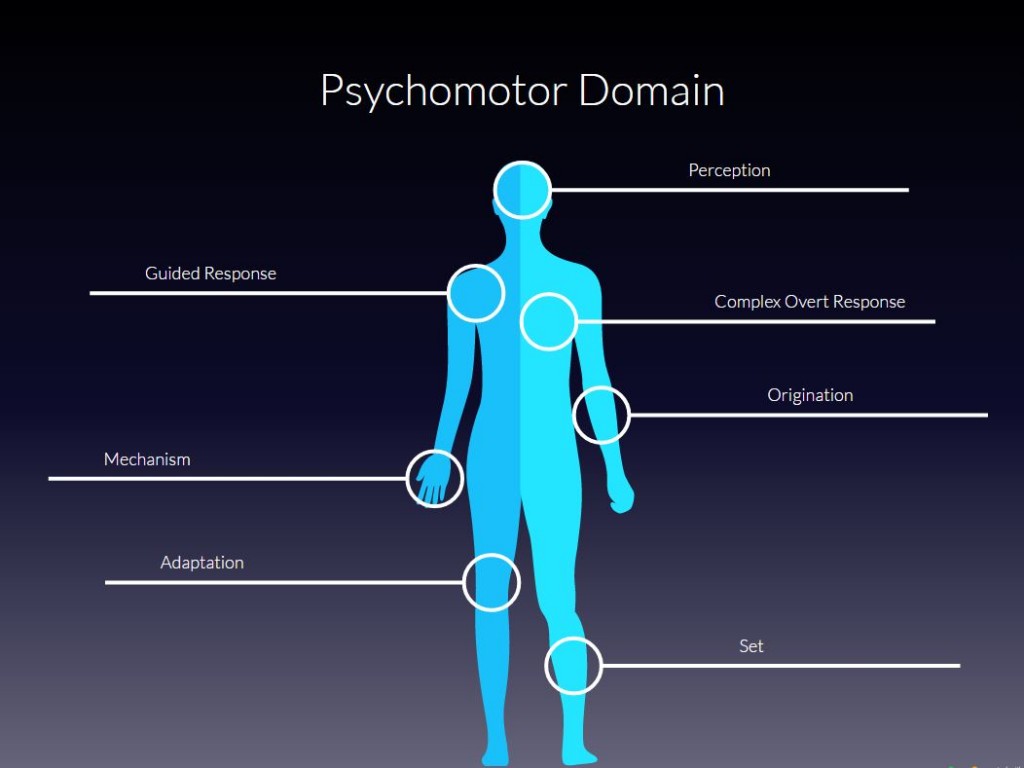During my university studies, I was a young man that needed some extra money.
I had just been offered a job at a cold calling centre while I was on my way to finishing my degree in Marketing & Business.
So I accepted the job and was quite confident in being able to perform and do a great job (confident as a young man usually is).
My first day, I walked into that office as if I was just about to show them all how to sell and I was going to become their next little sales superstar.
Boy, was I in for a learning curve.
If you have ever experienced a harsh learning curve you may recall the feeling.
You begin questioning the job…and then yourself…
“It must have been just the first day…”
“Surely I just had some bad prospects…”
“Maybe, this job is too hard for me…”
“I’m not a good sales man…”
These thoughts aren’t easy to experience.
Learning curves are extremely tough at the time but as life goes on, they soon become something you appreciate and treasure when trying to keep a dynamic perspective on yourself.
Little did I know that this particular cold calling job would soon be viewed in this way.
As a learning experience within itself.
An extra “BONUS” course for my university degree.
Much like any other course at university I had an introduction into what I would learn and what I should already know.
This is the script you’re going to use (course textbook)
This is how many sales per day/week you need (course assignments)
That first week was fun, scary and interesting all rolled into one. Everyday you came into work, you were only as good as you were the day before.
Everyone started on a clean slate every morning, you couldn’t live on how good you were last week or last month, only ever that day.
If you made 3 sales the day before but only 1 the next, you were back to being one of the sheep.
Someone struggling, pushing to get that next sale, that next hot prospect.
And if you didn’t show that you were struggling and pushing for that next sale, you weren’t coming back the next day (or ever again).
Having this experience taught me 2 very good lessons:
1. You can’t rest on your laurels.
&
2. Each customer learns how to buy in not the exact same, but often quite different ways, that you need to be sensitive to.
While at the time I was only selling cheap weekend getaways. Each person I spoke to had their own way of understanding what they would get out of it, what they were saving, etc.
So when I finally graduated and began working in the B2B world, the importance of how each customer learns was multiplied.
And… the most shocking thing to me was that no one completely understood this.
Imagine, all of the sales people in the B2B world are teachers.
But they all use the same methods to teach passed down to them from the sales extraordinaries of the world, their sales managers, the sales books that every one else is reading.
This is how they “teach” their customers.
It’s rare to find a sales man that alters or changes their teaching methods for each individual customer.
It’s rare to find a sales man that really pushes past what they know, to help a customer that learns differently.
In my old call center job, selling a holiday to 70 year old retiree’s was different to selling a holiday to a 24 year old university student.
And if I didn’t learn quickly how to teach people differently, my sales would have stopped, and that meant I wasn’t coming back the next day.
So I tried different things. I stopped being comfortable with my pitch. I used different words, I tried to paint the picture of what the customer would be getting.
For each new prospect, I had to paint an entirely new picture for them. Not a picture I just painted…….. a personalised one. For them.
So being comfortable is a powerful thing.
The comfort of how you sell.
The comfort of not changing your pitch.
The comfort of thinking you’re right and your customer is wrong.
The comfort of you knowing best.
Too much comfort has the power to ruin your sales.
So how do people learn?
Obviously the first place to look at when it’s about learning is the education system. So out of my own interest, I began looking into the psychology of how people learn and how they absorb information.
I thought this would help me in understanding the stages that a customer would go through when learning about a new product in a typical sales process. You may recall my blog post on the “Forgetting Curve”, explaining that it takes 5-7 repetitions before someone absorbs the information.
Another widely regarded theory to how people learn is Bloom’s Taxonomy. Surprisingly many sales people have never heard of Bloom’s taxonomy even though that’s what each of them should be doing, teaching, educating, explaining how their products can solve a prospect’s problems, and they’ll see more of how customers buy – or learn to buy.
Bloom’s taxonomy was created to help educators develop learning curricula that would assist the students in learning and absorbing information. It was first developed in 1956 and since has had 2 revisions with the most recent revision in the early 2000’s. It outlines 3 main domains that people use to learn information. The cognitive domain, the affective domain, and the psychomotor domain. These words may seem quite large and scientific but don’t be intimidated by them. Many trainers and instructors refer to these domains as the KSA (Knowledge (cognitive), Skills (psychomotor), & attitudes (affective)). When broken down into these simpler explanations, it seems quite obvious that people would learn through their intellect, physical skills and their emotional side. Below, I have briefly outlined what is involved in each domain.
Cognitive Domain (Knowledge)
The cognitive domain revolves around improving knowledge and developing intellect. Simply put, it relates to a person’s intelligence and how they can soak up and apply new information. The main categories of the Cognitive domain are listed below:
Affective Domain (Attitudes)
The affective domain relates to a persons emotions to feeling and a person’s attitude to learning. I have listed the main categories of the affective domain below:
Psychomotor Domain (Skills)
The psychomotor relates to a person’s physical skill, coordination and movement. The major categories in the psychomotor domain I have listed below:
How can you use Bloom’s Taxonomy to figure out how customers buy?
It may seem obvious that people learn through 3 different domains, and especially domains so obvious as intellect, emotions and physical skills.
But depending on the product you’re selling, you are obviously going to focus on different domains during the sales process to find out how customers buy.
If you’re selling something that people need to be able to physically use, such as group personal physical training, you are going to have to speak to their individual physical coordination, strength and overall fitness levels.
While other products will focus more predominantly on the emotional or intellectual sides.
The first thing you want to do is to breakdown each stage of the sales process into the goals that you want your prospects to take away from.
Too many times I speak to sales people and they don’t have a clear understanding of what they want their customers to take away or learn from the encounter.
Without a clear understanding of where you want your individual customer to end up it becomes difficult for you to know how you’re going to get them there. Especially, difficult when you take into account that each prospect is going to learn in different ways.
Once you have outlined the key take aways or learning points throughout the sales process, you can use this as a guide to how you’re going to get them there.
Develop strategies for how you will get your prospects to take in and apply the information. When looking at the main categories of the cognitive domain, these should be a checklist on how you want your prospects to absorb the information.
You want your prospects to remember, understand, apply and evaluate your product. Then at the final stage you want them to being creating or visualizing how they can use your product, visualize how it can solve their problems and improve their business.
Once you begin reaching this stage of the cognitive domain, you have taught your prospects, the benefits of your product/service.
Once you have the steps to getting your “average prospect” there, go outside your comfort zone, look at how different personalities may reach these key take aways.
Learn how to adapt your teaching (sales) process to the different personalities.
Once you can change your teaching (sales) methods for different prospects, they will immediately begin relating more easily to your message. Once this occurs, they are able to understand how your product is the right fit for them.
So making sure your sales (teaching) methods have been individualized for your individual prospects and you are then able to educate them on how your products/services are the right fit for them and ultimately increase your bottom line.
What Do you Have to Lose? Sign Up for a Live Demo!
If you think improving your online marketing and sales is important for you, I would suggest you try out our very own 2-min test here from us at Sonician in order for you to figure out if our marketing automation system could be for you. You’ll find it directly at: https://www.sonician.com/en/otto





